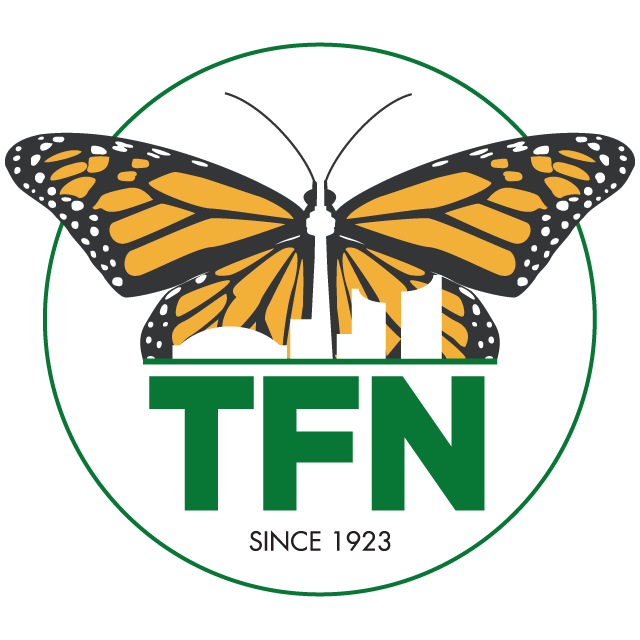“Rebel botanists” are loose in our cities, wandering laneways and back alleys armed with pockets full of sidewalk chalk and keen identification skills. Their goal? To open people’s eyes to the botanical wonders right under their feet, slipping out from between fence boards, and poking out from between people’s prized peonies.
Botanical chalking is a very simple idea with humble beginnings. French botanists, wanting to raise awareness about the wild flora present in their cities, began using chalk to write the names of plants on the sidewalks and brick walls next to where they found them growing. The idea spread like wildfire and such impromptu plant tags quickly starting popping up all across Europe, and in North America soon thereafter. A quick poke through online communities like Instagram and Twitter shows that botanical chalking is now a certified global phenomenon, and an increasingly popular one at that.
Botanical chalking may be a simple idea, but it’s also one with intensely powerful possibilities. With only a few extra strokes of chalk, these tags could be used not only to familiarize people with the names of plants, but to deepen people’s appreciation of their value, increase their understanding of ecology, and even reflect our own cultural relationships to these remarkable little life forms. Adding “Monarch host plant” underneath a milkweed tag could encourage people to ponder the plight of these butterflies on their way to the supermarket. Writing names in Oneida might be used to raise awareness about revitalization efforts for this critically endangered language. Identifying plants as native, exotic, or invasive might serve to better educate people about those “wildflowers” creeping in to their lawns and gardens. The possibilities are endless.
In Toronto, our vandalism bylaw (§ 313-7) prohibits defacing or disfiguring any public or private property by “daubing with paint or other substance”. Of course, one need look no further than the wonderful chalk memorials drawn on Yonge St. following the van attack of 2018, or even at the countless hopscotch designs scribbled in every neighbourhood each summer, to know that enforcement isn’t absolute. When Rogers Communications started advertising their offerings by chalking their trademarks on city streets back in 2010, Toronto 311 was certainly quick to respond. Similarly, anti-Ford messages chalked outside Queen’s Park in May, 2019, delivered a clean-up bill to protesters of almost $1500. But it’s hard to imagine someone catching grief for pointing out a native rudbeckia or invasive garlic mustard, regardless of how rebellious such botanists might be.

